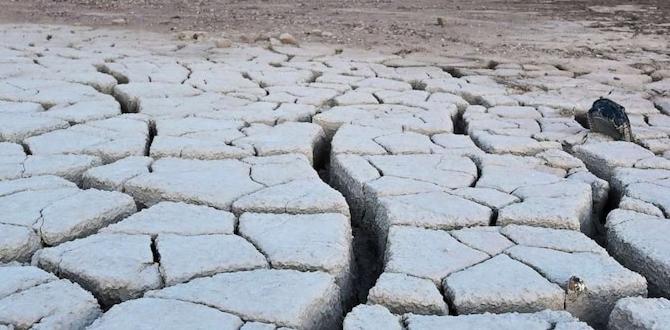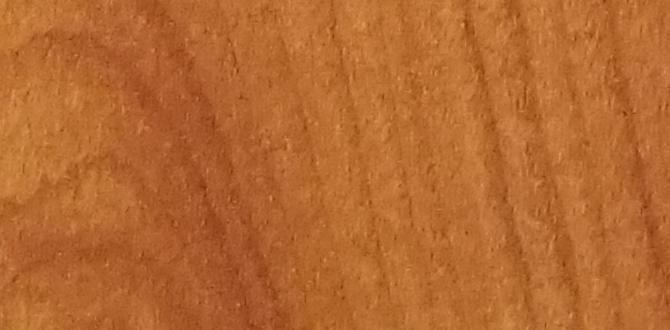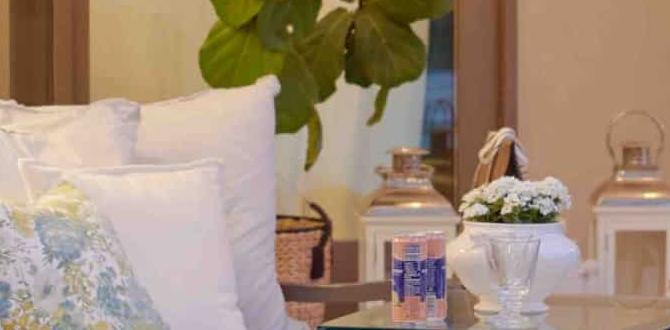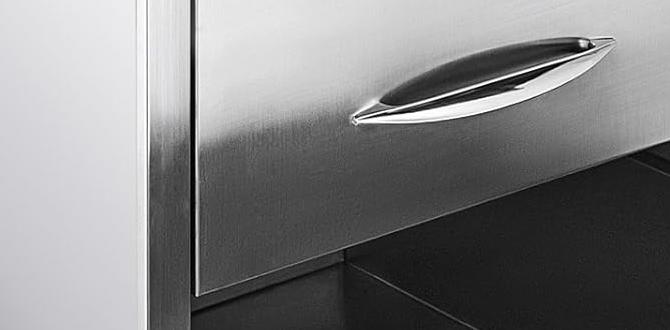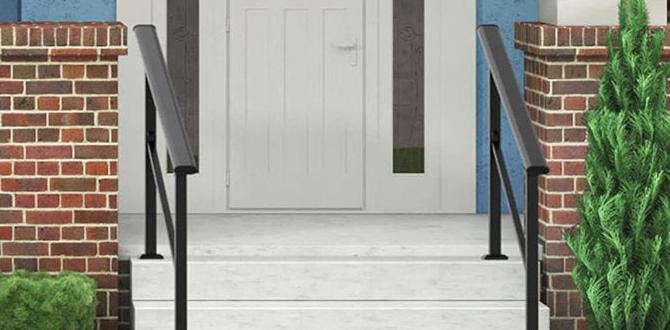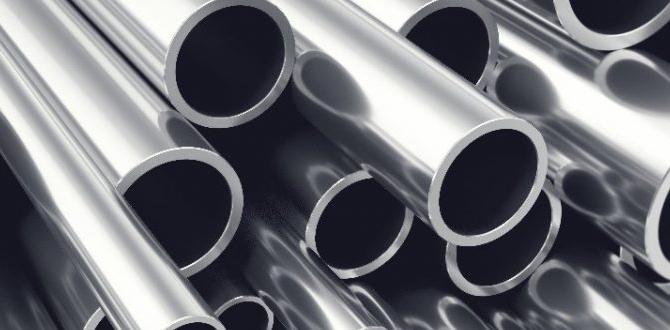Have you ever dreamed of growing your own vegetables? A raised bed garden can turn that dream into reality. But what makes a raised bed successful? The answer lies in the materials you choose.
Imagine having a beautiful garden filled with fresh tomatoes and colorful flowers. To create that garden, you need the right materials for raised bed gardens. The good news is that you have many options!
From wood to stone, each material has unique benefits. Did you know that some gardeners prefer recycled materials? This choice is great for the environment and often budget-friendly.
In this article, we’ll explore various materials for raised bed gardens. You’ll discover what will work best for your space. Are you ready to dig in and get started on your gardening adventure?
Essential Materials For Raised Bed Gardens: A Comprehensive Guide

Materials for Raised Bed Gardens
Building a raised bed garden is fun and rewarding. You can use various materials to create one. Popular choices include wood, brick, and stone. Each material offers unique benefits. Did you know untreated wood lasts about 5-10 years? Using a mix of topsoil and compost helps plants thrive. Consider drainage, too—proper drainage keeps roots healthy. With creativity, you can design a beautiful garden space. Ready to dig in? Your gardening adventure awaits!Benefits of Raised Bed Gardens
Enhanced soil drainage and aeration. Improved pest and weed control.Raised bed gardens are like luxury homes for your plants! First, they create better soil drainage and aeration. This means your plants’ roots breathe easier and won’t drown in water. Say goodbye to soggy soil! Secondly, raised beds help with pest and weed control. Fewer critters and pesky weeds means more time sipping lemonade and admiring your plants. So, let’s make gardening easy and fun!
| Benefits | Details |
|---|---|
| Soil Drainage | Improves root health |
| Pest Control | Fewer bugs, more flowers |
Types of Materials for Raised Beds
Wood: Types, treatment, and longevity. Metal: Pros and cons of using steel and aluminum. Concrete and Brick: Durability and aesthetic appeal. Composite Materials: Sustainability and maintenance.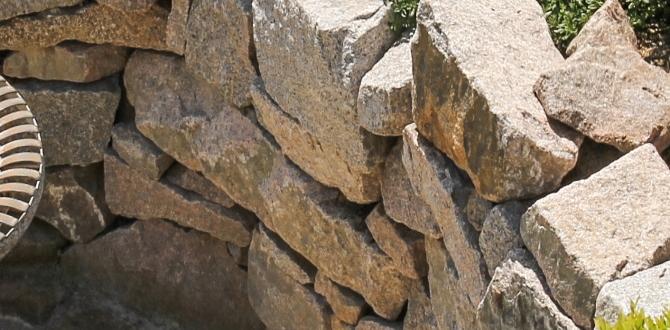
Creating a raised bed garden? Let’s dig into the types of materials you can use! For wood, cedar and redwood are popular because they resist rot. Treatment helps, but be careful—too much can be unhealthy for your plants. Metal options like steel and aluminum are sturdy but check for rust! Concrete and brick can last a lifetime and look great, but they are heavy. Lastly, composite materials are eco-friendly and need little upkeep. Now, let’s explore more in this handy table:
| Material | Pros | Cons |
|---|---|---|
| Wood | Natural, Good for soil | Rot without treatment |
| Metal | Durable, Stylish | Can rust, Heats up |
| Concrete/Brick | Long-lasting, Strong | Heavy, Expensive |
| Composite | Sustainable, Low maintenance | Costly upfront |
Factors to Consider When Selecting Materials
Budget constraints and costeffective options. Regional climate and environmental impact. Availability and sourcing of materials.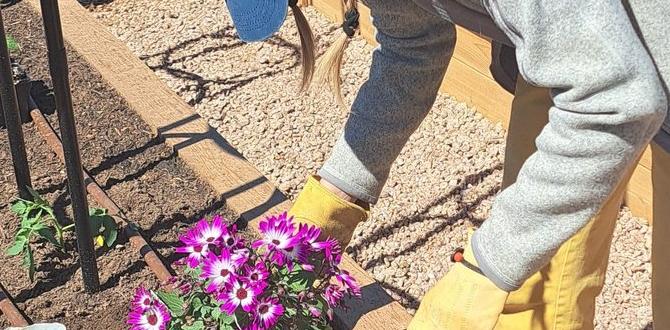
Choosing the right materials for your raised bed garden is important. Start with your budget. Look for cost-effective options that still work well. Then think about the climate where you live. Some materials handle rain and heat better than others. Also, consider how easy it is to find the materials. You don’t want to run around searching for them.
- Budget constraints – Stick to what you can afford.
- Regional climate – Choose materials that suit your weather.
- Availability – Make sure the materials are easy to find.
What are some cost-effective materials for raised beds?
Wood, brick, and recycled materials can save you money while looking great in your garden.
Construction Techniques for Raised Bed Gardens
Simple stepbystep building process. Tips for securing materials and ensuring stability.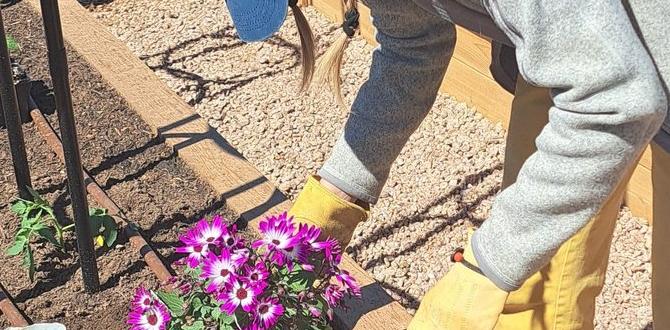
Building your own raised bed garden can be a fun and creative project. Start by gathering materials like wood, nails, and a sturdy base. Follow these simple steps:
| Step | Description |
|---|---|
| 1 | Choose a sunny spot and measure your space. |
| 2 | Cut wood to size. Don’t worry, it’s not a wood-chopping contest! |
| 3 | Secure corners with strong nails or screws for stability. Your garden should be stronger than your grandma’s favorite rocking chair! |
| 4 | Fill with soil and plant your seeds. Voilà, garden magic! |
To keep your bed stable, use treated wood for longevity and avoid any wobbling. Remember, no one wants a garden that looks like it’s been through a roller coaster ride!
Maintenance and Longevity of Materials
Routine upkeep for different materials. Signs of wear and when to replace.
Keeping your raised bed garden in good shape is important. Different materials need different care. For wooden beds, check for rot signs. Metal frames might rust over time. Regular cleaning is key to prolonging their life. Here are some tips:
- **Inspect regularly** for wear and tear.
- **Replace damaged parts** to maintain structure.
- **Clean** with mild soap and water.
Look for splinters, rust, or cracks. If you see these issues, it might be time to replace the material. Taking care of your garden beds ensures they last for many seasons!
How often should I check my raised bed materials?
Inspect your raised bed materials every season. This regular check helps spot problems before they get worse.
Innovative Raised Bed Designs
Vertical gardens and tiered beds. Incorporating irrigation systems.
Imagine a garden that stretches up to the sky! Vertical gardens make use of walls and fences to grow plants high. They save space and look amazing. Next, tiered beds are like cake layers; each level gives you more space for plants. Want your garden to sip water? Adding an irrigation system helps keep your plants hydrated without drowning them. After all, even plants need a drink, but they prefer it without a flood!
| Innovative Raised Bed Features | Benefits |
|---|---|
| Vertical Gardens | Maximize space and enhance aesthetics. |
| Tiered Beds | Improve access and visibility. |
| Irrigation Systems | Ensure even watering and save time. |
Environmental Impact and Sustainability
Ecofriendly material options. Benefits of using recycled and reclaimed materials.Using eco-friendly materials helps protect our planet. Recycled and reclaimed materials can make your raised bed garden sustainable. These options reduce waste and save resources.
- Natural wood from old furniture is great for beds.
- Cinder blocks are sturdy and last a long time.
- Recycled plastic is weather-resistant and low-maintenance.
By choosing these materials, you help the environment and create a beautiful garden. You also support a greener lifestyle, which benefits everyone!
What are the benefits of using recycled materials?
Using recycled materials has many benefits. For example, they help reduce landfill waste and save trees. Also, they often cost less than new materials. This means you save money while helping nature!
Common Mistakes to Avoid
Overlooking soil quality and drainage. Ignoring local pest issues and solutions.
Many people forget about the soil quality in raised bed gardens. Good soil helps plants grow strong. Without it, plants can struggle. Another problem is poor drainage. Too much water can drown roots. Be sure to check the drainage before planting! Also, don’t ignore local pests. They can damage your plants fast. Learn about them and use safe solutions. This keeps your garden healthy and thriving.
What are common mistakes in raised bed gardening?
Two big mistakes are ignoring soil quality and local pests. These issues can harm your plants and ruin your hard work.
Quick Tips:
- Test your soil before planting.
- Ensure good drainage for healthier plants.
- Research local pests and their solutions.
- Use natural pest control for a safe garden.
Conclusion
In conclusion, choosing the right materials for raised bed gardens is essential. Wood, metal, and concrete each have their benefits. You can create a sturdy and beautiful garden with the right choices. Remember to consider safety and durability. Now that you know the basics, start planning your raised bed garden today, and explore more resources for helpful tips and ideas!FAQs
Sure! Here Are Five Related Questions On The Topic Of Materials For Raised Bed Gardens:Sure! Raised beds are great for growing plants. You can use wood, bricks, or even stones to build them. Make sure the materials are safe for plants. Always line the bottom with a barrier, like cardboard, to keep weeds out. This makes it easier to grow healthy veggies and flowers!
Sure! Please provide the question you’d like me to answer.
What Are The Best Types Of Wood To Use For Building Raised Beds, And How Can I Ensure They Are Untreated And Safe For Gardening?The best types of wood for raised beds are cedar, redwood, and untreated pine. These woods last a long time and are safe for plants. To make sure the wood is untreated, look for labels that say “untreated” or “organic.” You can also ask a store worker for help. Always check that the wood is safe for your garden.
Are There Alternative Materials To Wood For Constructing Raised Bed Gardens, Such As Metal, Stone, Or Plastic, And What Are The Pros And Cons Of Each?Yes, there are other materials for raised bed gardens. **Metal** can last a long time but may get very hot. **Stone** looks nice and is strong but can be heavy and hard to move. **Plastic** is lightweight and won’t rot, but it might fade in the sun over time. Each material has its good and bad sides, so you can choose the one that works best for you!
How Deep Should The Soil Be In A Raised Bed Garden, And What Materials Should I Use For Filling It Effectively?In a raised bed garden, the soil should be about 12 to 18 inches deep. This depth is good for most plants’ roots. You can fill it with a mix of soil, compost, and some small pieces of shredded leaves. Using these materials helps your plants grow strong and healthy!
What Types Of Liners Or Barriers Can I Use Inside Raised Beds To Prevent Soil Erosion And Weed Growth While Allowing For Proper Drainage?You can use landscaping fabric to cover the soil. This fabric lets water through but keeps weeds out. You can also add cardboard or newspaper layers to stop weeds. For drainage, you can put small stones at the bottom of the bed. These steps will help keep your soil in place and your plants happy!
How Can I Enhance The Longevity Of Raised Bed Materials Against Rot Or Damage From Pests And Environmental Factors?To make your raised bed last longer, you can use rot-resistant wood like cedar or redwood. Treat the wood with a natural sealant to keep out water. You can also add a layer of plastic between the soil and wood to stop moisture. To keep pests away, you can plant strong-smelling herbs, like mint, around your garden. Lastly, check your raised bed regularly for any signs of wear or damage.

